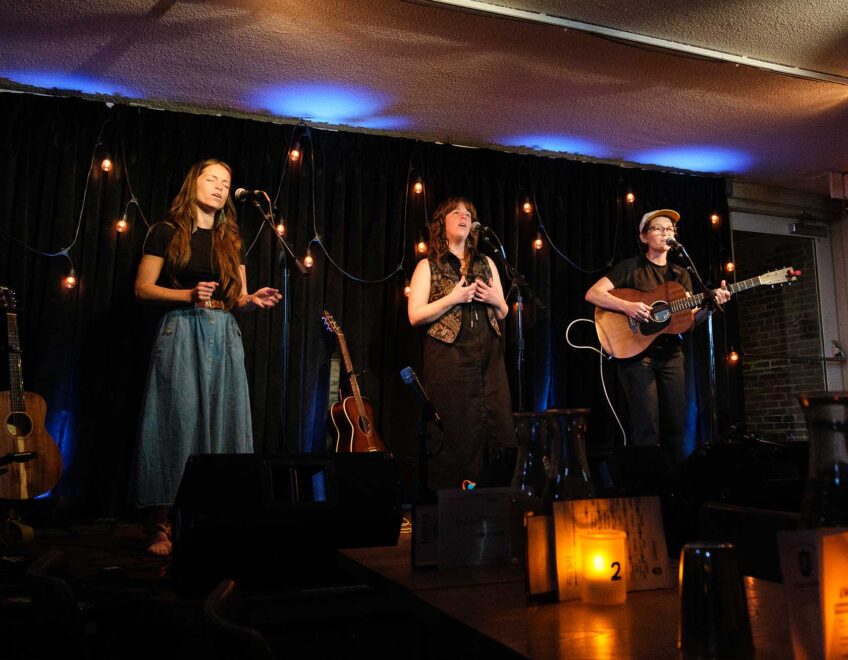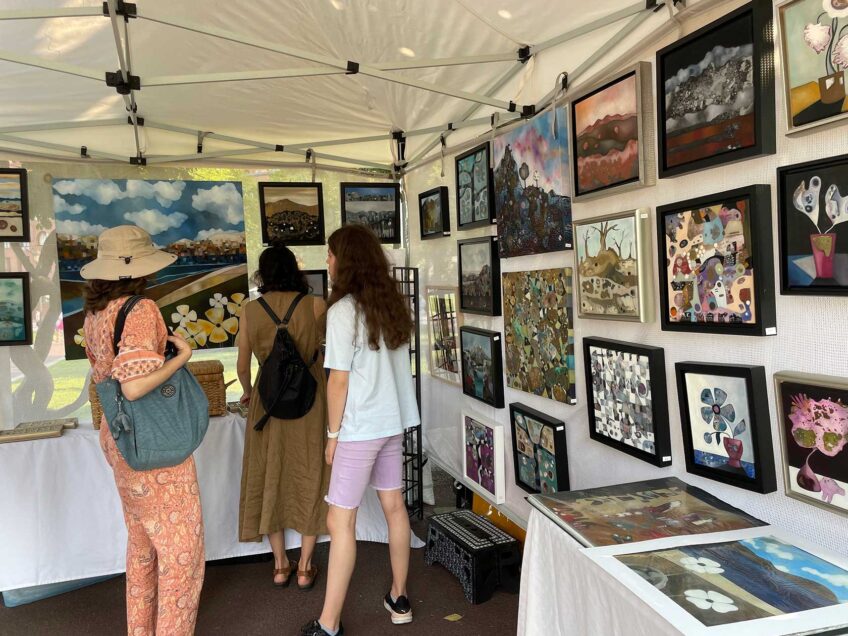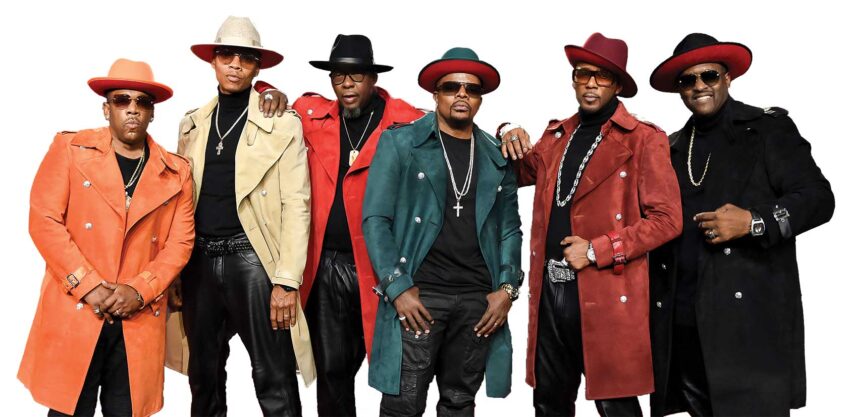Oscar-winner and Springfield native Ruth E. Carter discusses life and career ahead of Coolidge Award

Costume designer Ruth E. Carter has a distinct memory of Tina Turner telling her, “I would never wear that!” while they were on set for the 1993 biopic “What’s Love Got to Do with It.”
Turner told Carter why the two-piece costume the designer made for actress Angela Bassett wasn’t something Turner would normally wear. The singer had a short torso and long legs, so she’d only wear one piece in order to elongate her torso. Bassett has a longer torso and shorter legs, which meant a two-piece would give the illusion of a higher waist. Carter was grateful for the explanation. And all was rectified when Carter and her team stayed up all night to create the leather dress Turner requested Bassett wear when she performed the titular song in the film.

Ruth E. Carter won two Oscars for costume design in “Black Panther” and “Black Panther: Wakanda Forever.” PHOTO: WALT DISNEY STUDIOS MOTION PICTURES/PHOTOFEST
It’s this type of dedication to her craft in her long and storied career that helped Carter become the first African American woman to win two Oscars for her work in “Black Panther” and “Black Panther: Wakanda Forever.” Her designs are also the focus of a traveling exhibition, “Ruth E. Carter: Afrofuturism in Costume Design,” opening Oct. 10 at the Charles Wright Museum in Detroit.
Locally, the Coolidge Corner Theatre is honoring Carter with the Coolidge Award on the evening of Oct. 15. That afternoon, the Brookline theatre will screen “Black Panther” and host a book signing for Carter’s book, “The Art of Ruth E. Carter: Costuming Black History and the Afrofuture, from Do the Right Thing to Black Panther.” She is the first African American to win the award.
Ahead of the Springfield native’s award ceremony, the Banner caught up with Carter over Zoom to discuss how her childhood in Massachusetts influenced her work.
This interview has been condensed and edited.
What was it like growing up in Springfield? Does anything from your childhood inform your work today?
You know, I was born in 1960, and that was a very important time in civil rights history. I had five brothers and two sisters, and I was raised by a single mother. As the youngest sibling, I grew up understanding that if I copied my brothers, I could actually produce an artistic thing, and that’s what spurred my artistic interest.
I was bused to schools in white neighborhoods, since Black neighborhood schools had less funding. I was also part of the Uhuru Sasa program at Amherst College, which means “freedom now” in Swahili, for three years. We had remedial programs for things like math and science, but we also had African dance and we learned about Sonia Sanchez and Nikki Giovanni. We were so conscious, and it was because of these programs that gave us that enrichment. I was groomed in the Black diaspora — in the journey of us.
So, when I got to Hampton University, I thought I was in another universe, because it wasn’t as conscious, you know. And as much as I’d like to give my HBCU all the love, at the moment I got there, with my Bob Marley shirt and my 10-speed bike, it was very “Dark and Lovely.” It was very much perms, business attire and Black bourgeoisie.
And you graduated with a theater arts degree. What happened next? How did you get to Hollywood?
I went to Santa Fe and interned at the Santa Fe Opera. There were teams, and each team was guided by a cutter and a firsthand. We were sitting there hand-stitching for all these big period operas. Then at night, we would be the people who were running the plays, doing fast changes and all that good stuff.
Afterwards, I drove to my brother’s in-laws in Carson, California. They gave me free housing for a year while I pursued my career in costume design. The Los Angeles Theatre Center had just been built and they hired me right away. The theater community knew that if you were an intern at Santa Fe you came with skills, because you had to be recommended for that program. I was running the plays at night, just like I was at the opera house. I was helping with wardrobe backstage, doing fast changes, and during the day I was in the costume shop.

A scene from “Black Panther.” Costumes by Ruth E. Carter. PHOTO: WALT DISNEY STUDIOS MOTION PICTURES/PHOTOFEST
I ended up working on a dance performance, “Songs in the Key of Life.” Spike Lee came to see the dance performance. He was already known in very small, independent film circles as this new filmmaker guy who graduated from NYU. I didn’t know much about him because I was in the theater world. We went and hung out and —
And what year was this?
1986, I think? Because I did “School Daze” in 1987. So, he was asking me to dance like he’s interested in me, but he wanted to talk about costumes. He called me later and was like, “You know I got a new script. I’m gonna send you a script. It’s called ‘School Daze.’”
So I quit my job and flew to New Hampshire to my brother’s place, sat in his basement and sketched every character in “School Daze.” I went to Brooklyn to meet with Spike and he approved every single sketch right there. And that was the beginning of my relationship with Spike.
Out of your 72 credits, which one is your favorite project?
“Rosewood” became such a personal story to me. There are moments when I watch “Rosewood” that I really feel it embodies such truth.
In your Oscar speech earlier this year, you mentioned you lost your mother, who lived to 101, a week before your historic win. How are you coping with the highs and lows of this year?
I believe art is healing. I find the work I do has a cathartic nature to it, and that helps me to escape for a while and to see form and beauty that’s restorative. I can imagine. I can dream. That’s what I survived on.
That’s beautiful. And, switching gears, you mention that your pinnacle of success was doing period pieces. Your period now happens to be the future. Do you think of that at all?
Oh wow, that’s a really wonderful perspective. Thank you.
So, what does Afrofuturism mean to you?
It’s the fusion of tradition and technology. It’s the past, present and future in terms of how they live in this fictitious world of Wakanda. They live in Afrofuture. When you think about Afrofuture, it’s your legacy and your future.







